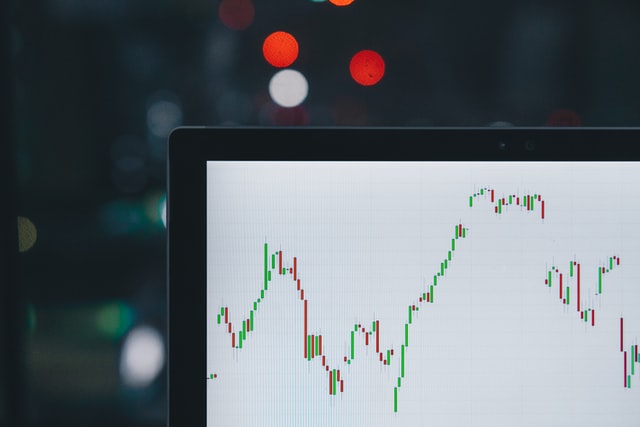More than 38 million Americans have lost their jobs, and the S&P 500 is up 5% over the last twelve months. GDP is going to contract as much as 30%, and the market is up 5% in the previous twelve months. Over 30% of S&P 500 companies have withdrawn guidance, and the market is up 5% over the last twelve months. I could go on.
I have not read many articles recently about why the market is reasonably valued and why it should be heading higher from these levels. However, there is a dime a dozen of articles explaining why this is one the scariest bear market rallies ever. I just did a Google search, and every other article is about why investors need to be cautious. Here are few:
Central Banks are Creating Fake Markets, BofA Strategist Says
BofA Gives Four Reasons it Turned Tactically Bearish
Cleansing Correction May Strike Stocks within Weeks
Stock Market Investors Haven't Been this Bearish Since 2013
Last Time Investors Were This Bearish on Value Was Right Before Great Recession
In my opinion, the market is very unhealthy. The average stock has simply not participated. A simple way of understanding the 30% rally off the bottom is that investors have been crowding in a handful of stocks, which represent a massive portion of the market. After all, the combined market cap of Facebook, Amazon, Apple, Microsoft, and Google exceeds that of the entire Eurozone equity market. If you look at the internals of the market, you can see that this rally has been quite anemic.

In the image above, you can see a weekly chart of the S&P 500 Index. The money flow indicator in the blue boxes is where I want to draw your attention. The rally off the December 2018 lows is what a broad-based and strong rally looks like. However, what we see on the right-hand side is very anemic money flows off the bottom. The green bars represent the Chaikin Money Flow indicator (CMF).
As you can see, in 2018, the CMF began trending upwards, showing broad-based accumulation into the market. On the right, you can see the CMF is still trending lower. This internals suggest an unhealthy market which is top-heavy in the big stocks which have carried the market.
Another way to think about it is by looking at the % of the stocks that are trading below their 200-day moving average. When the S&P 500 was at the same level, it is now in October of 2019, about 50% of stocks were trading above their 200 DMA, which is a pretty healthy number indicative of a healthy market and economy. Now, only 30% are trading above this level. This suggests the opposite.

I hope this information helps you to guage your own expectations going forward. Needless to say, we are very cautious.
We are offering free, customized demonstrations of how our investing software can help you manage risk in your portfolio. Click below if you are interested in learning more.

http://www.dewittcm.com/blog-disclosures





